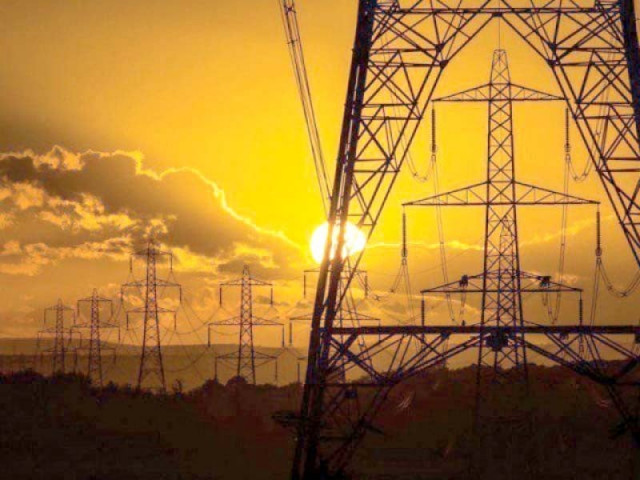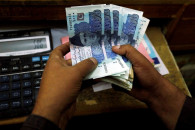Power tariff increased by Rs0.42
Revised tariff will apply to electricity consumers for three months

The National Electric Power Regulatory Authority (Nepra) on Wednesday approved an increase of Rs0.42 per unit in power tariff on account of quarterly adjustment.
The approval came at a public hearing held by the power sector regulator.
In a statement, Nepra said that the revised tariff would be applied to the electricity consumers for three months. It will issue a detailed decision after the scrutiny of data submitted by the power companies.
In their petition, the power distribution companies (DISCOs) pleaded that they should be permitted to collect around Rs10.54 billion from the consumers on account of quarterly tariff adjustment.
They wanted to make the collection on account of capacity charges, transmission charges, market operator fee, transmission and distribution charges, and variable maintenance and operation charges.
Tribal Areas Electricity Supply Company (Tesco) requested Nepra to allow it to recover Rs4.34 billion, Peshawar Electric Supply Company (Pesco) wanted to collect Rs2.07 billion and Gujranwala Electric Power Company (Gepco) Rs1.97 billion.
Islamabad Electric Supply Company (Iesco) sought an adjustment of Rs1 billion, Multan Electric Power Company (Mepco) Rs1.80 billion and Hyderabad Electric Supply Company (Hesco) Rs1.91 billion.
Nepra officials, however, said that the power companies did not provide complete statistics.
The recovery rate of DISCOs was 85% and the rest was part of the circular debt, they said, adding that the rupee’s value had halved against the dollar.
“DISCOs’ only job is to sell electricity, can’t they do it properly,” remarked Nepra Chairman Tauseef Farooqui.
“We have to honour the agreements made with the power plants,” the chairman said, adding that Nepra had raised the issue of privatisation of power companies at all levels.
Despite the efforts of the governments, the energy sector is still facing chronic problems. Circular debt in the energy chain is a key challenge.
Successive governments have strived to bring the circular debt down but it could not be brought under control.
In FY2013, the circular debt was calculated at around Rs450 billion, which reached Rs1.15 trillion in 2018. According to data of the Central Power Purchasing Agency-Guarantee (CPPA), the circular debt stood at Rs2.47 trillion by the end of March 2022.
This implies that the circular debt is equal to 3.8% of Pakistan’s gross domestic product (GDP) and represents 5.6% of government’s debt.
If it continues to grow at the current pace, it is estimated to reach Rs4 trillion by 2025, indicating the need for urgent reforms in the power sector.
Over the past three years, the circular debt in the gas sector has nearly doubled to Rs650 billion from Rs350 billion in 2018. It comes as Pakistan’s reliance on liquefied natural gas (LNG) imports increased in recent years due to the depleting domestic natural gas deposits.
Private sector is facing hurdles in the way of LNG import, which led to a gas crisis, especially in winter. It resulted in suspension of gas supply to the captive power plants of industrial units as well as compressed natural gas (CNG) stations.
These issues are creating problems that caused an increase in electricity tariff several times.
Published in The Express Tribune, June 16th, 2022.
Like Business on Facebook, follow @TribuneBiz on Twitter to stay informed and join in the conversation.


















COMMENTS
Comments are moderated and generally will be posted if they are on-topic and not abusive.
For more information, please see our Comments FAQ